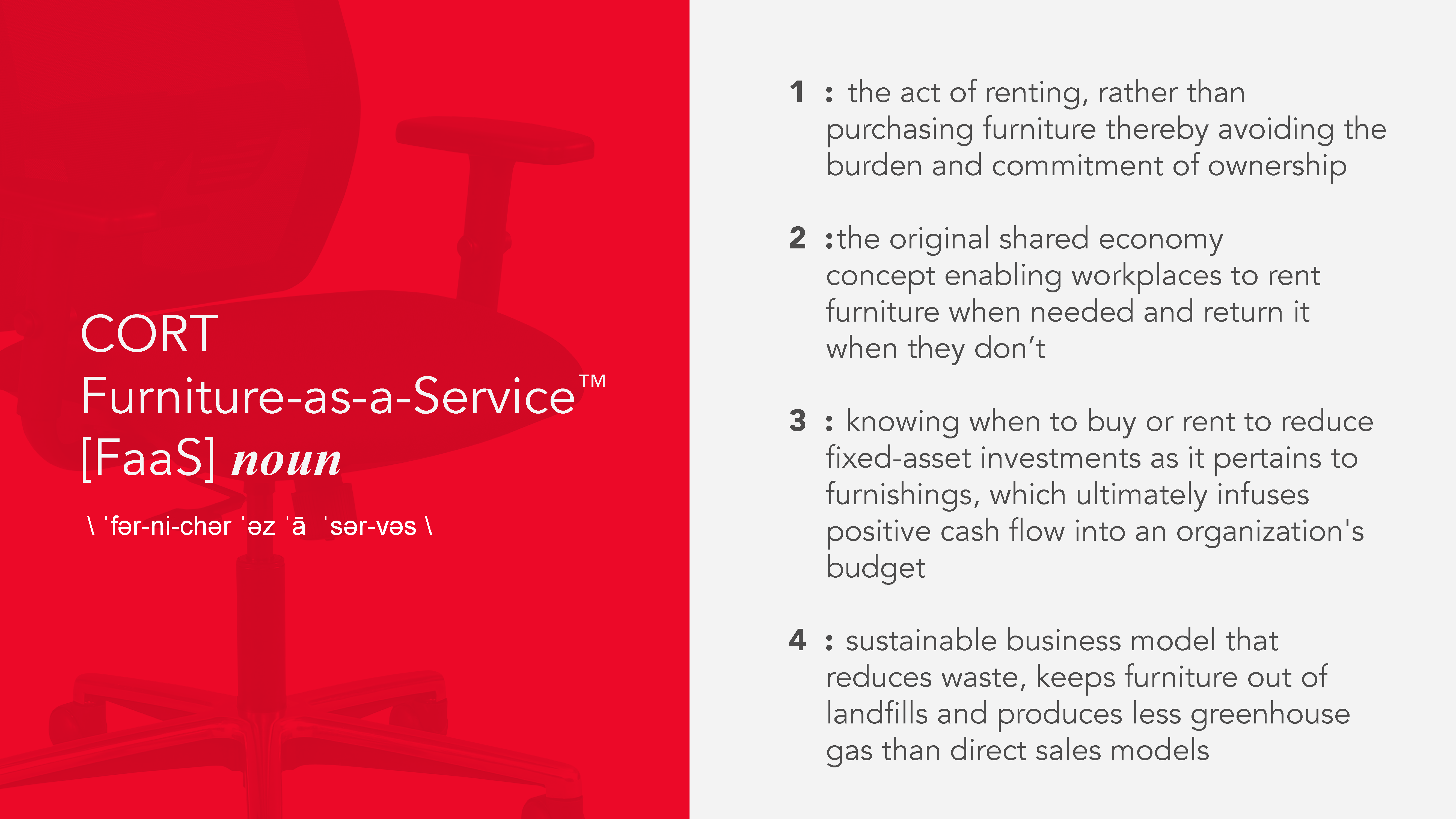Over half of the United States workforce works remotely at least once a month, according to results of a survey from Owl Labs. Additionally, 48 percent do so once a week or more and 30 percent of workers work remotely on a full-time basis. The survey also revealed that 34 percent of workers would take up to a 5 percent pay cut for the privilege of working remotely full-time. Based on those results, it seems that American workers are firmly on board with the remote work trend.
But what about the companies they work for? Many employers are starting to realize that remote workers can be just as productive as their in-office counterparts. In fact, businesses of all sizes are becoming more remote-friendly, from small innovative tech startups to big corporations like Dell and UnitedHealth Group. And for good reason — recent research from Gallup shows that remote workers are often more productive than traditional, in-office workers. In fact, working remotely can actually increase employee engagement and job satisfaction.
The Data Says They’re More Productive
Whether employees are working from home or their local coffee shop, it would be easy to assume that a more relaxed, comfortable environment would be a recipe for distraction, causing a decrease in productivity. However, research shows that most people are more productive when they work remotely. In a recent survey, 30 percent of participants reported that they actually get more done in a shorter time while working remotely compared to working in the office.
Work 3 Extra Weeks Per Year
Some employers may be surprised to learn that not having a manager or supervisor close by to monitor employee productivity doesn’t have a negative effect on output. In fact, research suggests the opposite. Remote workers log an average of 1.4 extra workdays each month compared to in-office employees. That averages out to more than 16 days — over three full work weeks — each year.
Take More Breaks, But Get More Done
Remote workers do take more breaks throughout the day, spending an average of 22 daily minutes on break compared to in-office workers, who spend approximately 18 minutes taking breaks each day. However, those extra minutes don’t decrease productivity, especially considering that remote workers lose less time to distractions.
Less Likely to Leave Their Job
Remote workers have an average of 105 more hours of free time each year than in-office employees, according to recent research. Perhaps that’s part of the reason why over 90 percent of employers report that allowing remote work increases employee retention rates.
Happier Workers, Increased Productivity
The link between employee happiness and increased productivity is clear. Research suggests that happy workers are as much as 20 percent more productive than workers who aren’t happy. Owl Labs’ survey reveals that people who are able to work remotely as infrequently as once a month are 29 percent happier in their roles at work.
Reasons Why Remote Workers are More Productive
So what makes remote workers more engaged and productive than their in-office counterparts? Because working remotely is a highly sought-after benefit that many would take a pay cut to receive, employees who are able to work remotely are motivated to produce outstanding work and results that exceed their employer’s expectations. Three additional reasons for boosted remote worker productivity include:
- Fewer Distractions: Traditional workers spend around 37 minutes dealing with distractions every day, while remote workers only lose around 27 minutes. The ability to control their working environment also benefits remote workers.
- No Commute: One in four workers quit their jobs because of the commute. Not having to spend time getting to and from work leaves employees feeling happier while also increasing the amount of time they can devote to tackling their workload.
- Less Stress: Not having to travel back and forth daily, control over their work-life balance and the ability to manipulate their work environment to best suit their needs are three major factors in lowering the stress levels of remote workers. Stress and anxiety are two of the biggest hindrances to workplace productivity.
Ways Remote Workers Stay Productive
Working from home or another remote location isn’t without its challenges. Minimizing personal distractions to remain focused is a must. How can remote workers ensure that they stay productive?
- Take Breaks: Breaks improve physical health by giving workers a chance to get up and stretch. They also restore motivation and keep reasoning abilities at peak performance.
- Have Set Hours: For laser-like focus, the most productive remote workers create a set schedule. Although they have the flexibility to veer away from it as needed, sticking to a schedule helps remote workers prioritize their workload.
- Keeping Structured To-Do Lists: Just like having set hours, keeping a to-do list helps boost productivity by enabling workers to prioritize tasks for improved focus.
- Have a Comfortable Office, Separate from Normal Daily Life: Having a dedicated home office space allows remote workers to shift from “home” mode into “work” mode. It also helps minimize personal distractions. Comfortable home office furniture like an ergonomic chair, a desk with enough space to spread out as needed and adequate lighting set a professional tone.
Maybe Not Fully Remote
There are a few downsides to remote work that both employees and companies should be aware of. Research from the American Psychological Association suggests that working remotely all the time could strain working relationships between colleagues. Remote work also has the potential to lead to social isolation and difficulty maintaining boundaries between work and personal time. Research suggests that implementing a partial schedule for remote work allows businesses and employees to maximize the benefits while minimizing the potential negative effects.
For businesses to successfully meet the needs of workers who split their time between the office and remote work, maintaining a flexible and fluid working environment is key to maximizing profitability. This is where CORT Furniture as a Service™ (FaaS) shines. FaaS allows businesses to create appealing and flexible workspaces without having to invest in ownership of office furniture.

Wondering how your furnishings can help you and your employees work smarter? Discover the benefits of CORT Furniture Rental.







